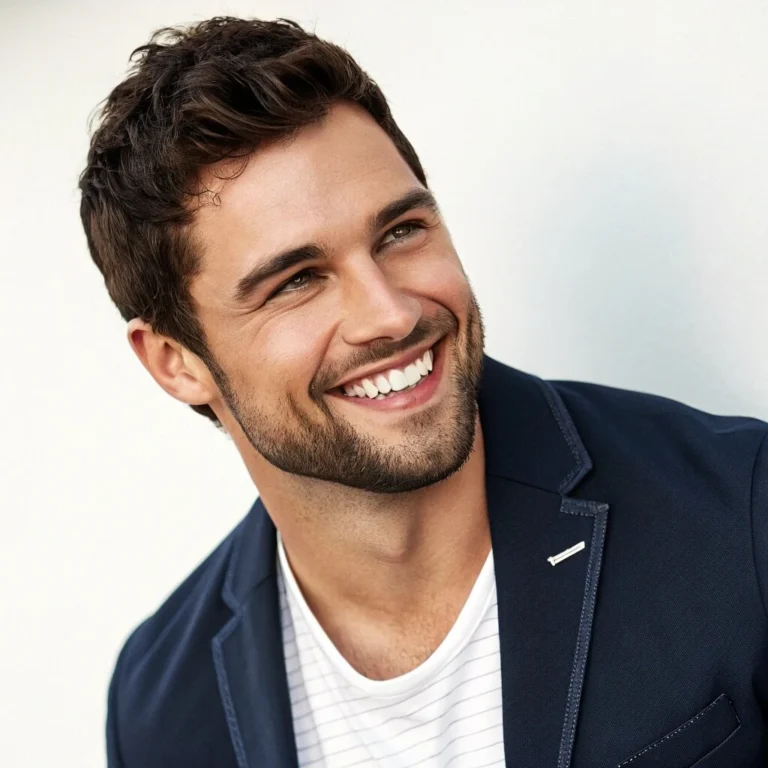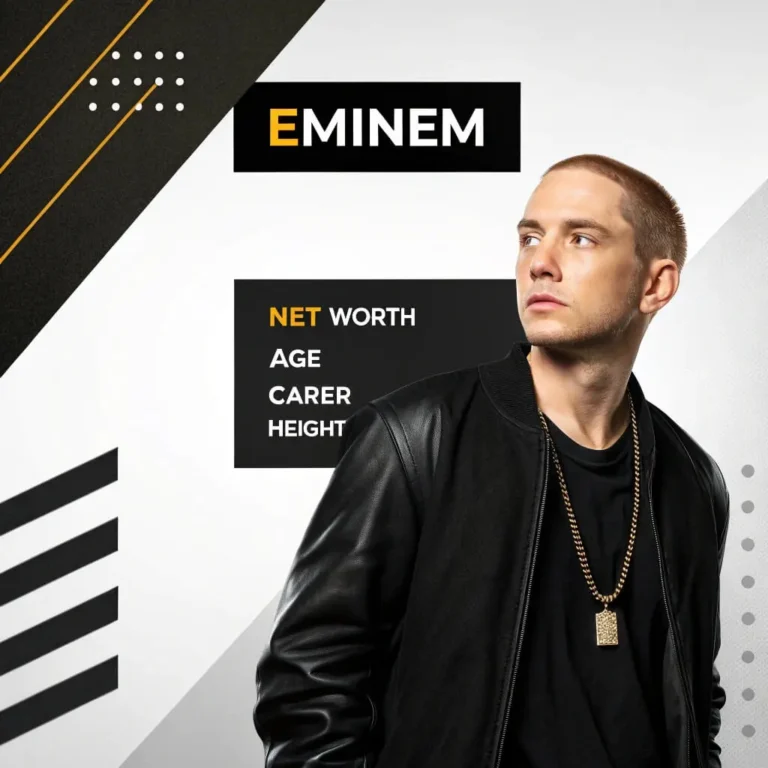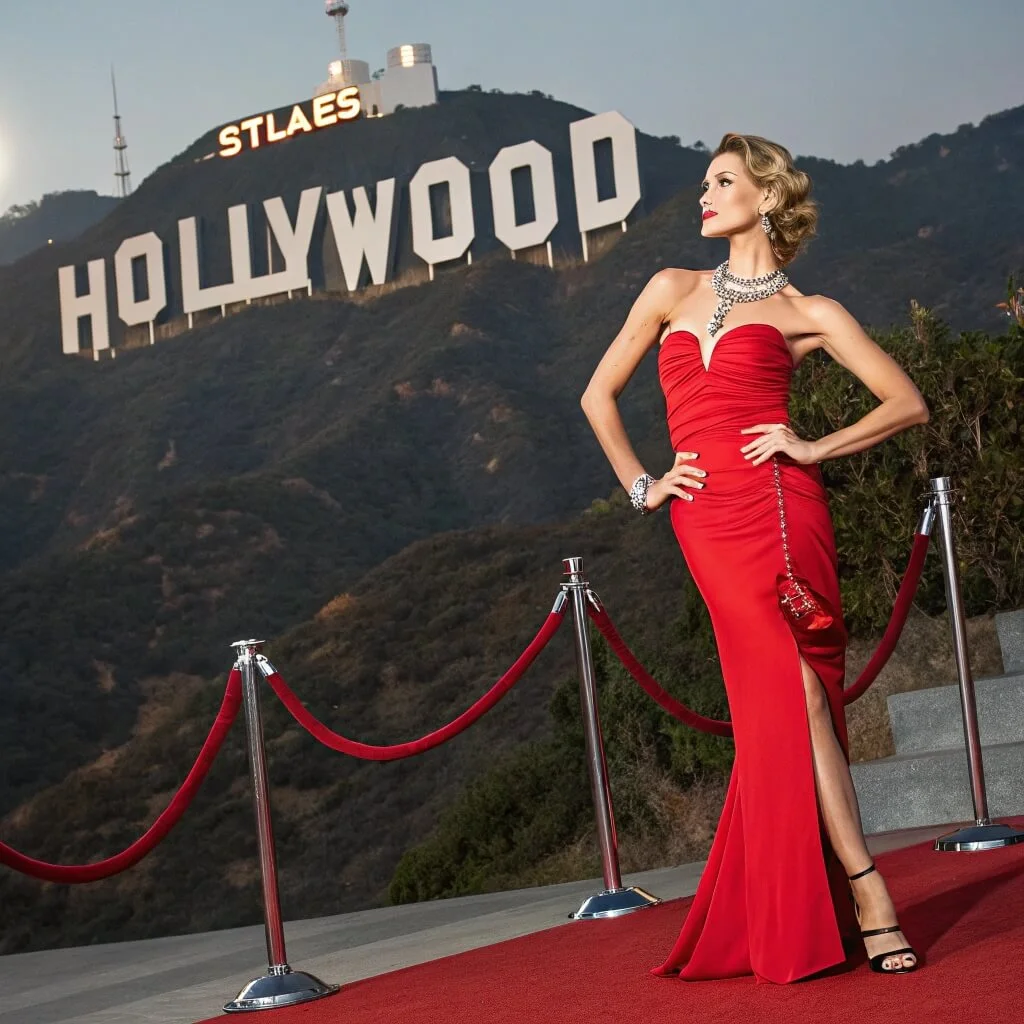
Hollywood DTI
Hollywood has long stood as the epicenter of glamour, sophistication, and creativity. One of the key elements that contribute to Hollywood’s mystique and enduring legacy is its fashion—particularly the art of dressing to impress, or “Hollywood DTI.” Whether we are talking about the glamorous outfits worn by stars of the Golden Age of Cinema or the modern-day attire gracing red carpets around the world, Hollywood’s DTI (Dress to Impress) has always been a reflection of both artistry and elegance. From the vintage charm of Old Hollywood to today’s forward-thinking fashion trends, the concept of DTI in Hollywood continues to evolve but maintains a timeless appeal.
In this article, we will explore the history and influence of Hollywood DTI, focusing particularly on the fascinating Old Hollywood DTI era. We’ll also highlight how Hollywood’s fashion continues to shape and inspire modern culture, examining key trends, iconic stars, and the influence of this glamorous period on today’s entertainment and lifestyle.
What is Hollywood DTI?
Hollywood DTI is an abbreviation for “Dress to Impress,” and it embodies the art of wearing impeccable, often show-stopping outfits designed to catch the eye and leave a lasting impression. Whether on-screen or at celebrity events, the idea of dressing to impress is an integral part of Hollywood’s cultural fabric. Over the decades, DTI has come to symbolize not just style, but a certain way of living—one that prioritizes elegance, creativity, and boldness in how individuals present themselves.
In Hollywood, fashion is more than just clothing—it’s a means of self-expression, identity, and a way to tell a story. Through DTI, stars communicate with their fans and industry professionals, showcasing their personality, their style, and their stature within the entertainment world. Today, the term encompasses a wide range of styles, from classic Old Hollywood glamor to modern, edgy red carpet looks.
The Old Hollywood DTI: A Glimpse into the Golden Age of Cinema
The term “Old Hollywood DTI” evokes the glamour and artistry of the 1920s through the 1960s, an era that remains the epitome of elegance. During this time, fashion, filmmaking, and culture converged to create timeless images of beauty and grace. Iconic stars such as Marilyn Monroe, Audrey Hepburn, and Elizabeth Taylor defined the era, influencing not just cinema but global fashion trends.
Key Features of Old Hollywood DTI
1. Larger-than-Life Personalities:
Stars like Marilyn Monroe and Humphrey Bogart became household names because of their undeniable screen presence, but their fashion choices also helped solidify their status as cultural icons. These stars were carefully crafted by the studio system, with every outfit designed to create a persona that captivated the public’s imagination.
2. The Studio System and DTI:
During the Old Hollywood era, the studio system controlled every aspect of an actor’s career. Studios like MGM, Warner Bros., and Paramount Pictures not only produced films but also designed the public image of their stars. These studios collaborated with costume designers like Edith Head and Adrian to create costumes that fit the narrative of the film while also setting trends for the wider fashion world.
3. Cinematic Glamour:
Old Hollywood DTI was all about creating a dream world for the audience. From the opulent gowns worn by actresses to the dapper tuxedos of leading men, every outfit was designed to transport the viewer into a world of wealth, romance, and sophistication. Classic movies like “Casablanca” (1942) and “Gone with the Wind” (1939) are prime examples of how the right wardrobe helped define the mood and atmosphere of a film.
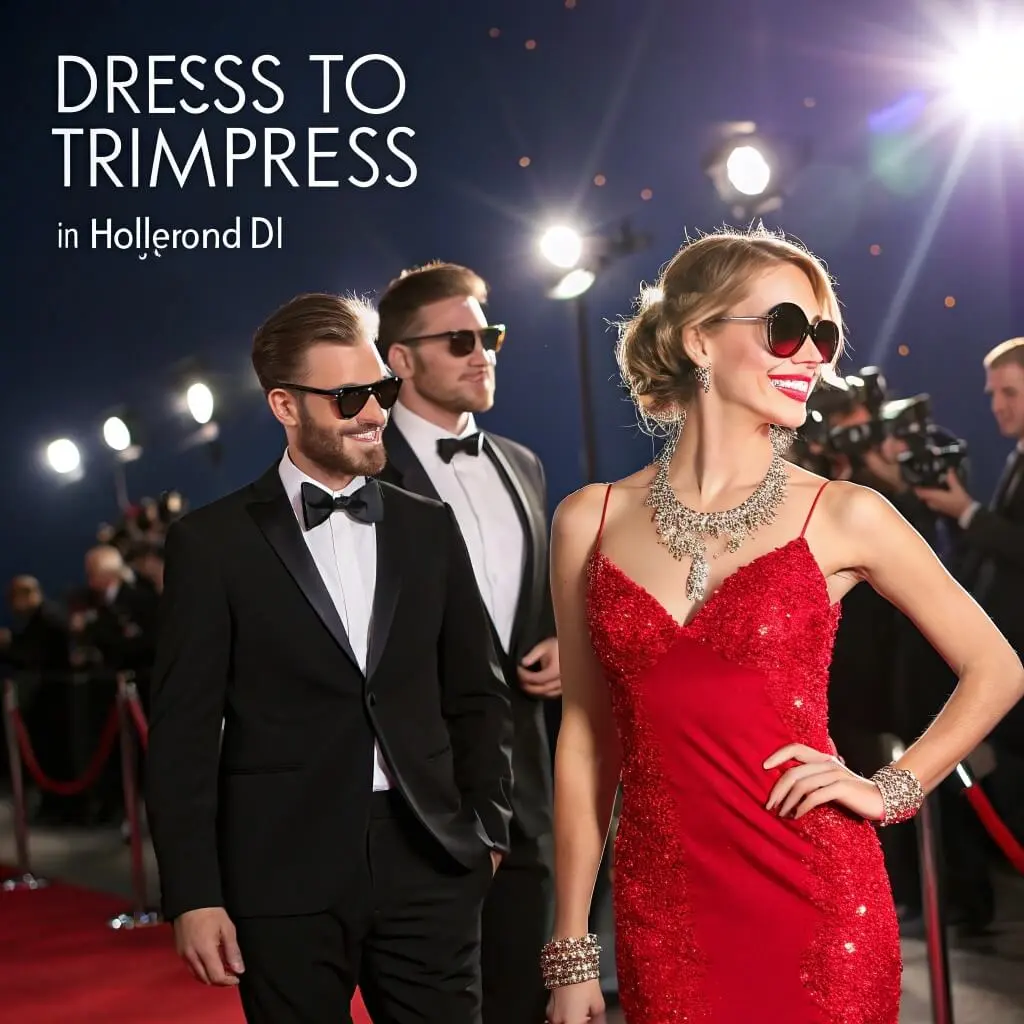
The Legacy of Old Hollywood DTI
Old Hollywood DTI was more than just fashion—it became a symbol of aspiration. The elaborate gowns, the tailored suits, and the attention to detail in costume design set an aesthetic standard that continues to influence the fashion world today. These films remain an important source of inspiration for modern designers, who often look back at the glamour of the Golden Age for cues on how to incorporate vintage elegance into contemporary styles.
Iconic Old Hollywood Looks
1. Marilyn Monroe’s White Halter Dress:
Perhaps no other outfit is as iconic as Marilyn Monroe’s white halter dress from The Seven Year Itch (1955). The dress, which billowed in the air as Monroe stood over a subway grate, became a symbol of Old Hollywood’s ability to create magical, larger-than-life moments.
2. Audrey Hepburn’s Little Black Dress in Breakfast at Tiffany’s (1961):
Audrey Hepburn’s black dress, paired with pearls and a sleek updo, is perhaps the most iconic fashion look in cinematic history. Hepburn’s style was effortlessly chic, and her portrayal of Holly Golightly remains one of the most admired fashion moments of Old Hollywood.
3. Elizabeth Taylor’s Lavish Gowns:
Known for her impeccable fashion sense, Elizabeth Taylor was often seen in some of the most luxurious gowns of the time. Her costumes in films like Cleopatra (1963) and Cat on a Hot Tin Roof (1958) cemented her status as a fashion icon.
The Influence of Old Hollywood DTI on Modern Fashion
While the world has changed significantly since the days of Old Hollywood, the influence of that era’s fashion is still very much alive today. Modern celebrities like Beyoncé, Lady Gaga, and Emma Stone draw inspiration from the timeless elegance of stars like Monroe and Hepburn. The red carpet remains a key place where the old meets the new, with stars continually paying homage to the glamour of the past while pushing the boundaries of fashion.
Old Hollywood DTI Meets Modern Trends
1. Vintage-Inspired Gowns on the Red Carpet:
Modern stars often embrace Old Hollywood DTI through the use of vintage-inspired gowns. Sequins, satin, and dramatic silhouettes are reinterpreted for contemporary tastes, with designers like Valentino and Chanel often drawing on the glamour of the Golden Age in their collections.
2. The Resurgence of the Little Black Dress (LBD):
Audrey Hepburn’s LBD in Breakfast at Tiffany’s is just as relevant today as it was in 1961. This timeless piece continues to be a staple of modern fashion, worn by stars at countless events and recreated by designers each season.
3. Reinterpretation of Classic Hairstyles:
Many modern stars are also inspired by the glamorous hairstyles of Old Hollywood, from soft waves and bouncy curls to sleek updos. These vintage looks remain a popular choice for events where red-carpet glamour is a must.
The Role of DTI Hollywood in Modern Cinema
Modern cinema has been shaped by many of the principles established by Old Hollywood DTI. Today, filmmakers and fashion designers continue to draw inspiration from this period, incorporating classic cinematography techniques and period-appropriate costumes into their work.
One of the key elements of Old Hollywood DTI that is still influential today is the importance of character development and visual storytelling. A well-crafted outfit can serve as a reflection of a character’s personality, status, and emotional journey, much as it did in films like Gone with the Wind or Sunset Boulevard (1950).
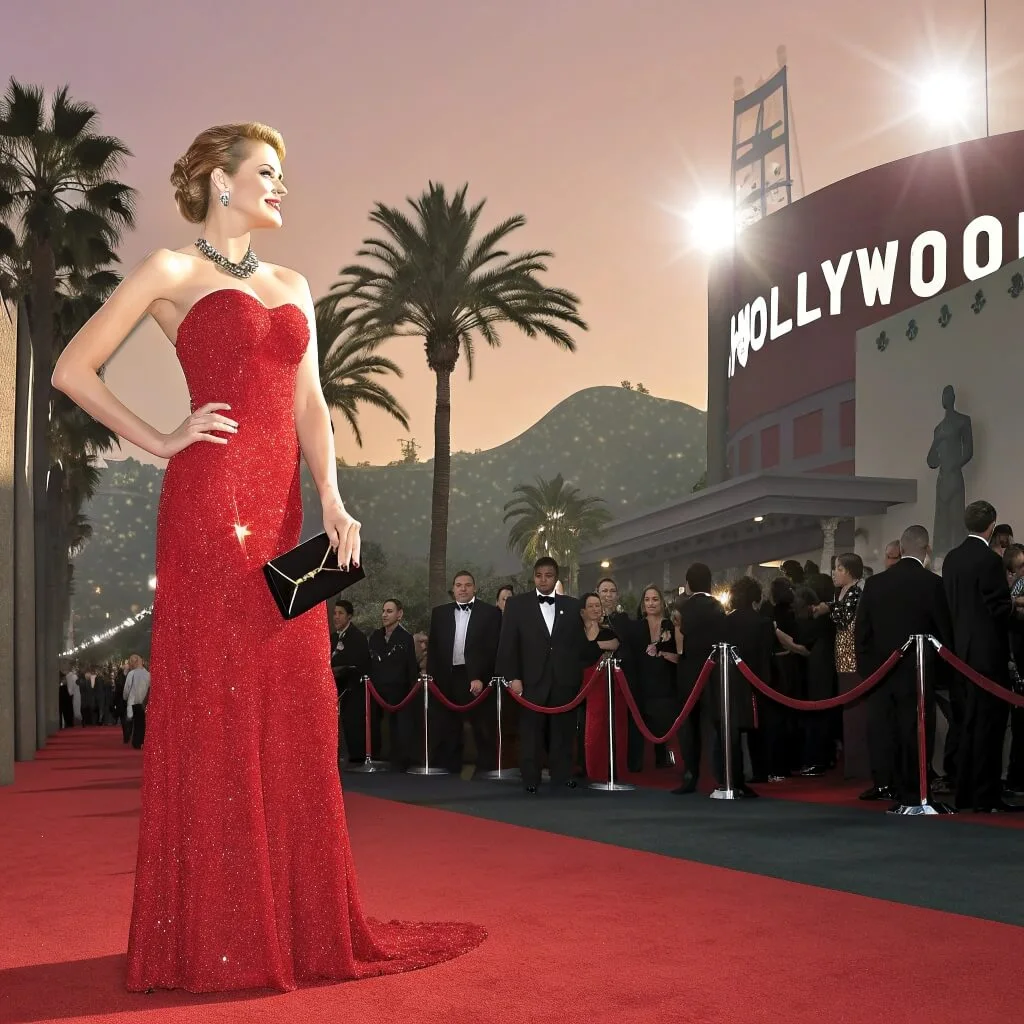
Frequently Asked Questions (FAQs) – Hollywood DTI
What is the meaning of DTI in Hollywood?
DTI stands for “Dress to Impress,” a concept central to the fashion and image of Hollywood stars.
How did the studio system influence DTI Old Hollywood?
Studios controlled the careers of their actors, including their wardrobe, ensuring that every outfit contributed to the stars’ personas.
Who were the fashion icons of Old Hollywood?
Marilyn Monroe, Audrey Hepburn, and Elizabeth Taylor are some of the most iconic fashion figures from Old Hollywood.
What impact did Old Hollywood DTI have on modern cinema?
Old Hollywood DTI continues to influence modern filmmakers, especially in costume design and character development.
How is Old Hollywood DTI relevant today?
The legacy of Old Hollywood DTI lives on through vintage-inspired fashion, modern red carpet looks, and its enduring cultural impact.
What makes Marilyn Monroe’s style iconic?
Monroe’s fashion choices, especially her white halter dress from The Seven Year Itch, remain timeless symbols of Hollywood glamour.
What role does fashion play in modern red-carpet events?
Fashion on the red carpet continues to serve as a means of self-expression and a way to make a lasting impression.
How do modern designers incorporate Old Hollywood DTI into their work?
Designers draw on the glamour and elegance of Old Hollywood through vintage-inspired gowns and classic accessories.
What is the significance of the Little Black Dress in Hollywood fashion?
The LBD, popularized by Audrey Hepburn, is a timeless piece that continues to influence both casual and formal fashion today.
How did Old Hollywood DTI impact pop culture?
Old Hollywood DTI shaped global fashion trends and established a standard for glamour that continues to be admired.
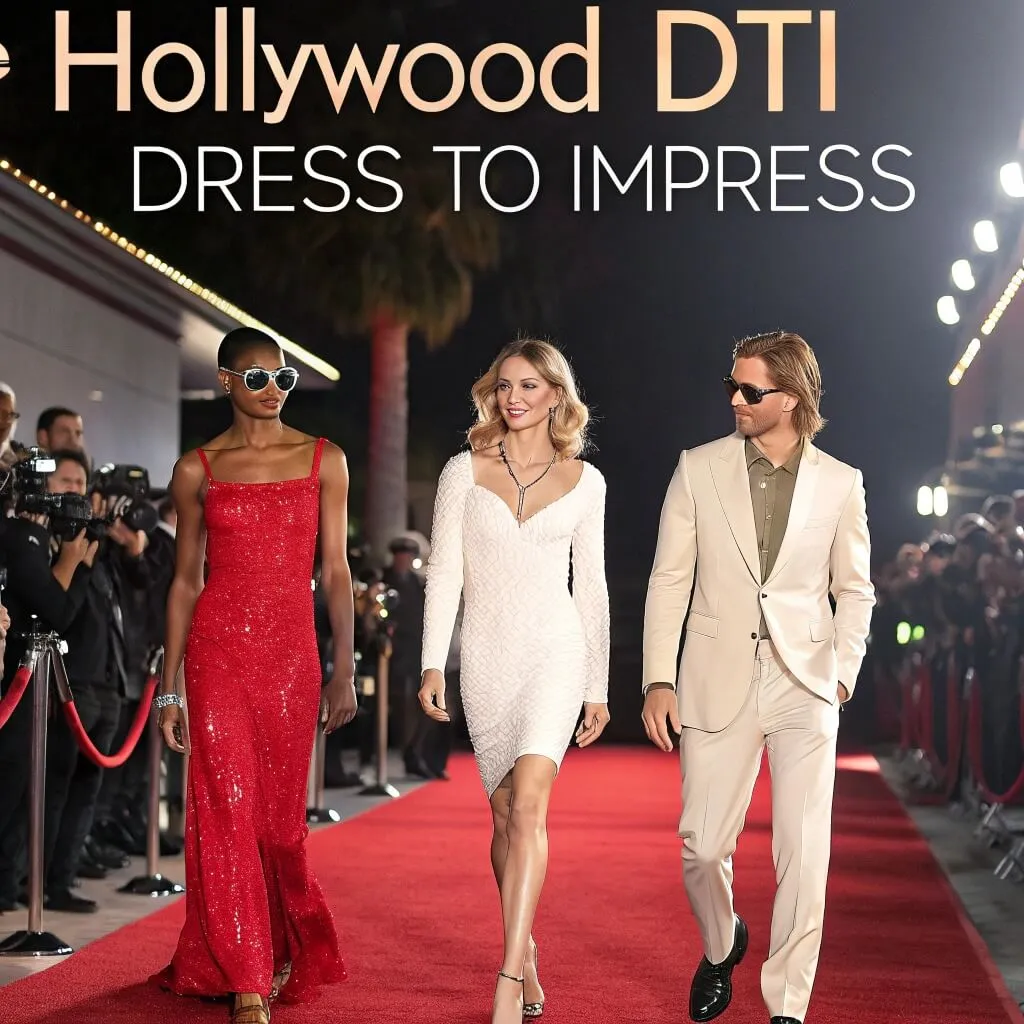
Conclusion – Hollywood DTI Theme
Hollywood DTI Theme, especially in its Old Hollywood form, continues to captivate and inspire audiences worldwide. From the silver screen legends of the past to the modern-day stars walking the red carpet, the essence of dressing to impress remains unchanged. As we reflect on the legacy of Old Hollywood DTI, we are reminded of its timeless elegance, craftsmanship, and cultural significance. Hollywood DTI is not just about clothes; it’s about creating unforgettable moments, telling stories through fashion, and leaving a mark on the world that lasts forever.
You may also like: Football Player DTI

